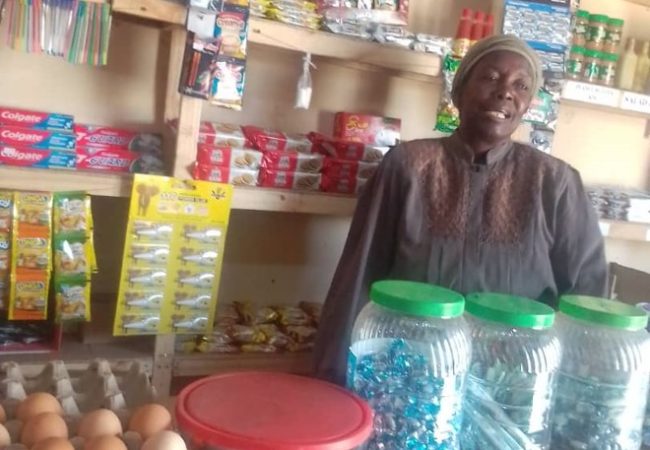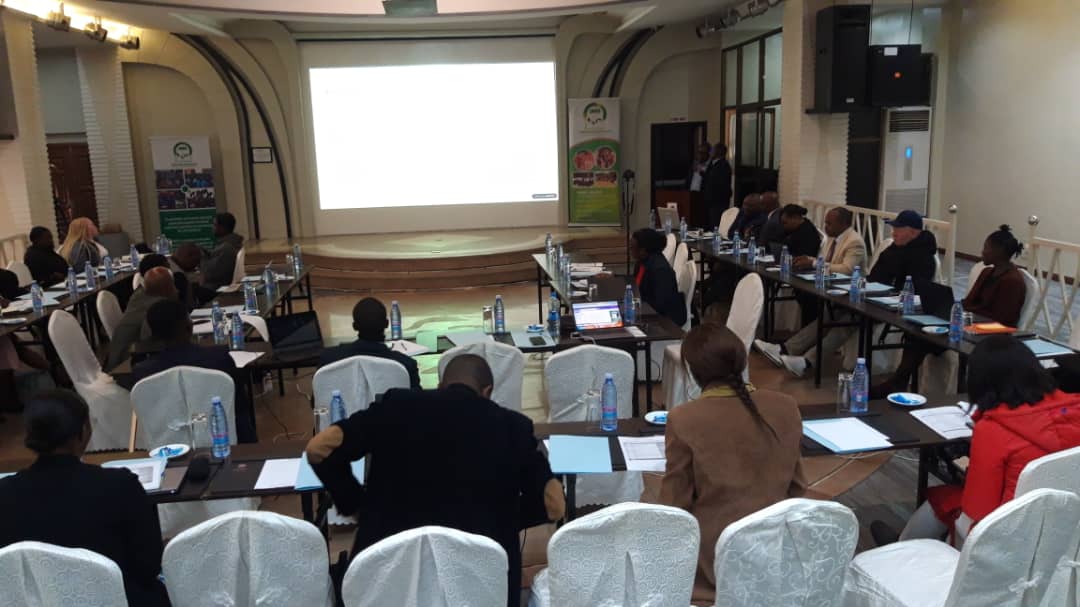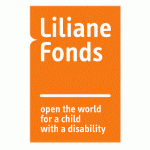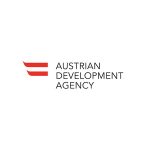AHDI’s mission is to empower children with cerebral palsy and others with allied conditions to reach their full potential by providing inclusive and quality education, quality health care, and support services that promote their holistic development and well being.
WHAT WE DO


HOME BASED EDUCATION (HBE)
This is a holistic approach to the provision of education to children with disabilities…

SELF HELP GROUPS (SHG)
This is a concept of saving in groups, borrowing and investing for economic…

ZAMBIA ENHANCE COMMUNITY BASED REHABILITATION RESPONSE PROJECT (ZECREP)
Improves the quality of lives of children with disabilities and their families

CHILD EMPOWERMENT
Builds the capacity of children with disabilities in various aspects including sponsoring them in school…

CHILD DEVELOPMENT
Monitors the milestones of children with disabilities and profiles their development.
LATEST NEWS
See some of our latest news, events, and happenings right here.





Archie Hinchcliffe Disability Intervention (AHDI) team conducted successful courtesy calls in Chibombo, Luangwa, and Rufunsa to introduce the Collective Action for Disability Rights (CADiR) Project from 17th to 24th July
Courtesy calls to introduce AHDI and the Enhanced Meaningful Participation and Opportunities for Women's Equality and Rights (EMPOWER) Project - an advocacy project to be supported by the Women and
Archie Hinchliffe Disability Intervention (AHDI) participated in a five-day Inclusive Advocacy Training held in Chongwe, with a focus on identifying out-of-school children and promoting supportive, inclusive education transitions. The training
Zambia National Education Coalition (ZANEC) convened a meeting today 13th June 2025. In attendance were various civil society organisations, organisations of persons with disabilities, Members of Parliament (committee on education,
Supporting the introduction of the digital learning curriculum, ensuring every child has access to a digital skill.
Donors and Partners







